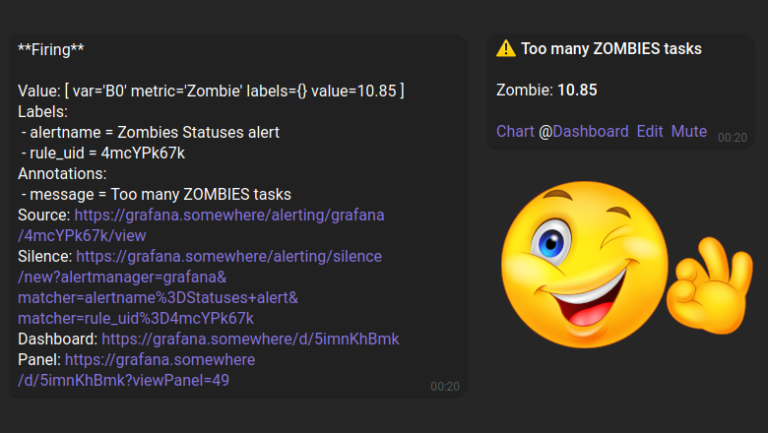alternative to Raspberry Pi CM4 with 16GB RAM and 256GB eMMC

Source: 3dnews
Some of the single-board computers that have come out in the last year are almost equal in characteristics to a number of low-performance laptops. This can be said about the fifth “raspberry”. In addition, another device has now appeared –
whose characteristics are also at their best. Let's see what kind of device this is.
Let's evaluate the new product
In general, like all CMs, the Orange Pi CM5 is a system on a module that is an alternative to the Raspberry Pi CM4. Why this particular model? The fact is that the CM5 from the Raspberry Pi foundation has not yet been released, so it cannot be compared with it. But with the “four” – quite.
But let's get back to the system itself. It is based on the 8-core Rockchip RK3588S Cortex-A76/A55 processor, which supports up to 16 GB of LPDDR4 and 256 GB of eMMC flash memory. That is, this is the maximum configuration of the device. But the system from the “raspberries” can support a maximum of 8 GB of RAM and 32 eMMC.
Moreover, the processor installed on the new system has more available interfaces. The developers did not fail to take advantage of this and added a 100-pin board-to-board connector with new interfaces, including USB 3.0, SATA III, CAN Bus and an additional PCIe 2.0 x1 interface.
The processor also has eight cores. These are the Cortex-A76 and Cortex-A55 quartets with clock speeds of up to 2.4 and 1.8 GHz, respectively. As for the graphics accelerator, this is the Arm Mali-G610 MP4. There is also a neural processing unit (NPU) with a performance of up to 6 TOPS.
Here Orange Pi CM5 Specifications:
- SoC – eight-core processor Rockchip RK3588S with
- 4x CortexA76 cores @ up to 2.4 GHz, 4x CortexA55 cores @ 1.8 GHz
- Arm GPU Mali-G610 MP4 “Odin” with support for OpenGL ES1.1/2.0/3.2, OpenCL 2.2 and Vulkan 1.2
- Video decoder – 8Kp60 H.265, VP9, AVS2, 8Kp30 H.264 AVC/MVC, 4Kp60 AV11080p60 MPEG-2/-1, VC-1, VP8
- Video Encoder – 8Kp30 H.265/H.264 Video Encoder
- AI Accelerator – 6 TOPS NPU
- Technology node – 8nm LP
- System Memory – 2GB, 4GB, 8GB or 16GB LPDDR4x SDRAM
- Memory – 32GB, 64GB, 128GB or 256GB eMMC flash memory
- 3x 100-pin DF40 connectors with 0.4mm pitch between boards
- Storage
- 2x SATA interfaces, one of which is combined with USB 3.0, and the other with PCIe 2.0
- SD card support via SDMMC interface
- Video interfaces
- HDMI 2.1 or eDP 1.3
- 4-lane MIPI DSI interface
- 2-lane MIPI DSI interface
- Camera interface
- 4-lane MIPI CSI Rx
- 2x 2-way MIPI DPHY receivers
- Network connection – RGMII Gigabit Ethernet (no physical layer on module)
- USB – 3x USB 2.0, 1x USB 3.0 Type-C interface with DP 1.4 Alt Mode
- PCIe – Up to 2x PCIe Gen 2 x1 (5 Gbps), multiplexed with USB 3.0 or SATA
- Other peripherals
- 1x SDIO 3.0 (e.g. for WiFi 5 and Bluetooth 5.0)
- Audio – I2S, PDM, SPDIF
- UART, I2C, SPI, PWM
- CAN bus
- 2x ADC
- GPIO
- Storage
- Power Management – Rockchip RK806-1 PMIC
- Supply voltage – one input +5VDC up to 1.8A
- Dimensions – 55 x 40 x 1.6 mm (printed circuit board)
- Weight – 12 grams.

As for the software, Orange Pi CM5 works with Orange Pi OS(Arch), Ubuntu, Debian and Android 12. All of this can be downloaded from the link. There is also the OS source code, manual, all the necessary schemes and everything else.
It is worth noting that the Orange Pi CM5 is compatible with the Raspberry Pi CM4 IO. Most likely, there is compatibility with other carrier boards of the “raspberry” module. To use the new CM5 interfaces, an Orange Pi CM5 is required.

As for expansion, the board has a 12-pin FPC connector with configurable UART, PWM, I2C, SPI, CAN, GPIO and other functional interfaces.
What else?

Source.
The carrier board has quite a lot of features, but there are some small problems. For example, some experts claim that it would be nice to develop a carrier with an M.2 slot(s) and SATA ports and configuration via DIP switches for USB 3.0, SATA or PCIe. Unfortunately, there is no wireless communication either – neither on the module nor on the carrier board.
As for the price, it cannot be called low:
- $70 with 4GB RAM and 32GB eMMC flash storage
- $90 with 8GB RAM and 32GB eMMC flash storage
- $119 with 16GB RAM and 32GB eMMC flash storage
- $20 for CM5 base board
As we can see, the maximum configuration is not yet on sale, but they promise to put it on display in the company store soon.
What do you think about the new product? Share your opinion in the comments!





